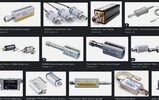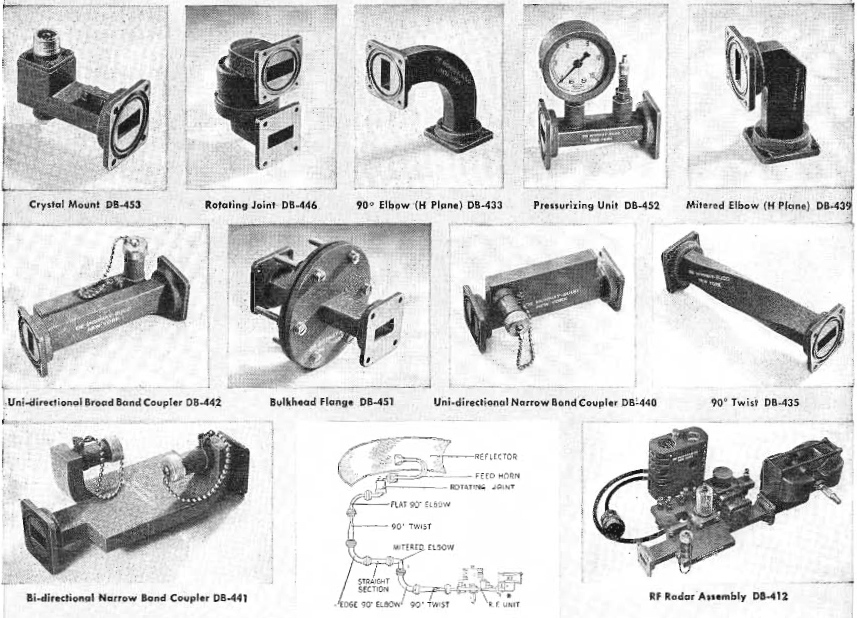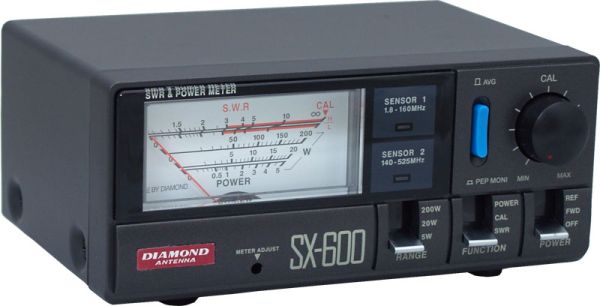I have been shopping for a proper group of power sensors, but I find them to be outrageously expensive.
After watching a few tear down videos, I still fail to understand what makes these so pricey. Can anyone fill in the blank for me here? I would like to understand where all this money is going.
After watching a few tear down videos, I still fail to understand what makes these so pricey. Can anyone fill in the blank for me here? I would like to understand where all this money is going.




